
Forestil dig en gruppe nøgne, unge mænd og kvinder i en skov i færd med det, som ligner langsomme gruppe-erotiske øvelser på højrøde, blanke kampesten. Scenen beskriver den amerikanske kunstner Yvette Brackmans kunstværker Camp (One) og Camp (Many) fra 1999, som blev udført på Krabbesholm Højskole i Nordjylland og det er på sin vis de værker, der markerer begyndelsen på kunstnerens tilflytning til Danmark.
I årtiet forinden færdiggjorde Brackman (f. 1967) to mastergrader i henholdsvis kunstpraksis og kunsthistorie fra The University of Illinois i Chicago. Hun flyttede til New York, og arbejdede for Parkett Magazine, skrev artikler til Time Out og Flash Art, og underviste i kunsthistorie på St. John’s College samtidigt med at hun fortsatte sin kunstpraksis.
I årene 2000-2007 bestred Brackman stillingen som professor på Det Kongelige Danske Kunstakademi i København, hvor hun var leder af Skolen for Mur og Rum, og mens hun i dag fortsat har sin bolig, sit atelier og kærligheden i København, vedbliver hun med at udstille internationalt.
En stor del af Brackmans familiehistorie har handlet om migration: hendes forældre flygtede fra Sovjetunionen i 1950’erne og nu, efter at hun selv har boet i Danmark i 15 år, synes trangen til at spore og udrede forholdet til sin polsk-jødiske arv og relationen til det største land i verden, det nok så gådefulde Rusland, at være den drivende kraft i hendes arbejde. Det synes også at gøre sig gældende i Brackmans udstilling AGIT FLIGHT, der åbner i aften på Overgaden, Institut for Samtidskunst i København – kunstnerens første soloudstilling i Danmark siden Land i X-rummet på Statens Museum for Kunst i 2001.
Gennem et nøje koreograferet forløb, der trækker klare veksler på teateret som genre, guider udstillingen den besøgende gennem fotografiske værker, collage, tekstilpaneler, et telt i størrelsen 2x3x6m, møbelobjekter, skulpturer og et teaterstykke med titlen AGIT MEM skabt i samarbejde med forfatteren Gitte Broeng. I udstillingen præsenteres AGIT MEM i form af en avis, men bliver yderligere aktiveret som en egentlig rekvisit og som grundlaget for en performance baseret på indsamlede familiehistorier.
Kunstkritikk mødte Yvette Brackman til en samtale om den nye udstillings temaer, om hendes tilknytning til russisk kultur, og om, hvordan man undgår at blive helt tosset, når man arbejder med et så familie-relateret materiale.
Samtalen foregik på engelsk. Vi har valgt at publicere svarene på originalsproget.

The title of your new solo exhibition is AGIT FLIGHT. What does the title refer to?
AGITPROP or Agitational Propaganda is the Soviet term for all sorts of art forms with an explicitly political message. By adding the word FLIGHT to AGIT I want to evoke both the utopian aspect of flight that was so present in the imagery of the Russian avant-garde with Vladimir Tatlin’s LeTatlin Flying Machine (1929) as well as the more dystopian aspect of flight as in escape. Both words evoke movement; one of flying, the other agitated; one is smooth and directed and the other chaotic and multi-directional. I also associate with it the many renditions of the subject “The Flight into Egypt” painted by many artists including Fra Angelico, Caravaggio, and Turner.
Textile works and costumes seem to be a central part of your artistic DNA, to use a term applied in genetics and later in Public Relations. What does this material mean to you?
I see it as a primary structure. The textile panel can be a wall, it can form a dwelling, it can be an image, and it can clothe. It is an art form that is pre-agrarian, from when we were all still nomadic. Many of my works have multiple functions, as do the panels. Actually, my work with panels started by listening to a lecture by my professor, Mitchell Schwarzer, about Gottfried Semper’s (German architect, art critic, and professor of architecture, 1803-1879) text on style from 1860. In Semper’s view, architecture has its origins in textiles, in weaving and braiding, in the light and often richly decorated nomad tent architecture. He saw textile art as the primary form. This lecture started my exploration into textile and the expanded exploration of the meaning of clothing. In the exhibition AGIT FLIGHT there are eleven costumes for the eleven roles in the AGIG MEM Play. They hang on the wall surrounding the chiffon tent, on armatures that display the costumes as panels where they can be seen as images on the wall, almost like shaped abstract canvases. I often work with things having multiple functions, shifting back and forth between the functional and the meditative.

When looking at some of your costume works from the 1990s like Nylon/denim panels demo from 1995, I can’t help but think of recent post-Internet coolness. Isn’t there something about the aesthetics and the relationship between fabric and body in those works that seems super contemporary?
I wouldn’t call them costumes. I would call them panels. A costume points more to make-believe, and this work was about lived experience. I think of them as architecture for the body. The most basic element is a panel. It is a way of defining space for and around the body. I can say that I was interested in anti-fashion. I was inspired by the writing of American fashion designer Elizabeth Hawes, who wrote a book in 1938 called Fashion is Spinach. The book was a critique of the fashion industry wanting to inspire people to develop their own personal sense of style and insisted that apparel should reflect how people actually lived, not how the fashion industry dictated people should dress. I was also looking at the work of Lygia Clark, Franz Erhard Walther and Franz West. They are still big heroes for me. These artists explore the interface of body and world and how the body is also an object interacting with other objects. I used fashion’s forms and made bags, clothing, a mail order catalogue, a label, etc. I wanted to transform the commodities into forms, seeing them as structures and detaching them from lifestyle, season, fashion; thereby turning them all into basic elements to be looked at as shapes, constructions, and processes.
You seem have a great interest in Russian art history. How does this spill into your practice?
The Russian avant-garde is an inspiration for my work, and I am interested in how influential its revolutionary, spiritual and formal agendas were. It shook the world, offering new methods for synthesis and renewal. Alongside this visionary art was a political agenda that eventually led to the destruction of most of the lives of the artists who envisioned this transformation. This paradox is central in many of my projects: the utopian ideal versus the totalitarian reality. I am interested in uniting these severed perspectives and bringing them into close contact.

What about the spiritual or esoteric aspects of the Russian Constructivists, which has famously been erased from Western art history?
The Russian avant-garde has been somewhat historically cleansed of its spiritual and cosmic sources. I think partly this happened after the avant-garde was repressed and condemned as bourgeois individualism in Russia. In the West it was being exhibited and discussed through a much more rationalist and production-based perspective in line with modernist movements like De Stijl and Bauhaus and a purely formalist perspective. In Russia, of course, there was an interest in bringing their experiments into production, but there was also a parallel interest in creating a new world by mining ancient knowledge and the unconscious, and they were delving into the writings of Freud, Jung, Eastern philosophies and mysticism. That aspect of the Russian avant-garde isn’t so much talked about. Apart from that, the Russians were actually focused on the conceptual aspects of production until 1935, when state control closed it all down.
I think I am attracted to the contradictory nature of the Russian avant-garde experiment, to its insistence on the nonsensical and the attempt at getting to a space beyond established experience. I interpret this to be their version of the sacred – that space where established norms and institutions no longer apply and where intuition takes over. Or what the Russian Futurist poets Velimir Khlebnikov and Aleksei Kruchenykh called “Zaum”, which literally translates as: “beyond the mind or thought”. I hope to convey some level of that associative and open space to the viewer in my work.
You mention Freud and Jung, and I sense that the psychological and maybe even the traumatic play central parts for you. How does this manifest in your work?
It is an element in some of my projects. I have looked at it primarily from the perspective of minority cultures, such at the nomadic peoples of Northern Russia and America. In this exhibition I look at how trauma has affected my own family. I think of trauma as a phenomenon of frozen experience. It’s a locked position. How can it be moved, shifted, how can it be opened and investigated in ways that involve the senses, intuition and experience? Visually maybe I think of a kaleidoscope experience where things break up into less overwhelming pieces and start to float around so you can see them from different angles simultaneously.

You have previously made work about and with your mother, and doing so you go quite close to your personal history. Have you developed a specific method for doing so?
I have always been interested in the space between. In the project I did with my mother, Of Living and The Dead (2012), I explored the emotional and intuitive space between her own memories and my interpretation of her memories. I wanted to soften memory and express how it can be conjured and preserved in relation to the present. That project consists of two videos and seven objects that are displayed on a hanging mobile. In the process of developing the piece I had many conversations with my mother about her memories from childhood. Based on her memories I made transitional objects that represented the central image from each memory. In the video my mother retells these stories and I engage the objects, using them as performative memory aids. The objects all involved some sort of action, either spreading, swinging, folding, bearing, or turning. They are also shown in a looped video where I demonstrate how each object is used as I stand facing the camera. Because they are my interpretations of her memories, an interesting dialogue develops between us regarding what she remembers and how my interpretations affect her memory.
Which part does your mother play in AGIT FLIGHT?
She is called Mother Electron in the play because when my mother was ill she told me that she wanted me to have all her amber necklaces. I told her that I don’t wear amber necklaces so if she gave them to me there was a risk that I would make some art out of them. The ancient Greeks called amber ‘electron.’ They noticed that amber attracted small objects when rubbed with fur. Blankets of amber are found in ancient burial sites of women of high status, and amber has always been associated with women. In working out what qualities Mother Electron should have in the play and costume, I described her as all dominating, negating, overprotective; yet at the same time elementary, creative, life-giving, full of energy and drive. The costume for Mother Electron is covered with pieces of amber from my mother’s necklaces.

To return to the aspect of theatre, is there something that the realm of visual art can do with the format of Theatre which theatre itself cannot?
I am interested in how the narrative and ways of interaction can be used in the art space. The space of visual art has sacred qualities. It’s a space for reflection where everyday experience can be slowed down and transformed into something unknown, something to be looked at with fresh eyes. I think theatre, as an art form, has been quite experimental and more socially engaged than visual art since it traditionally is not so invested in the commodity. Yet it is dictatorial and it can only be experienced when scheduled, at a certain time and place; whereas the art space is more open and allows you to enter on your own time and at your own pace. Visual art is actually available to you to engage with when you need it. This is of course very black-and-white, and there are many interesting forms of theatre that disrupt these constraints. And visual art is not always as open and inviting as I describe it here.
I know from previous projects of yours that you have an interest in the German playwright and theatre director Bertolt Brecht. Is his ghost haunting this exhibition?
I started working with ideas that you could say are similar to those of Brecht in 2006. Actually, Brecht is credited with many of the political theatre ideas from the 1920s and 1930s, but my first encounter with these ideas was actually via Soviet theatre, namely The Living Newspaper and the Blue Blouse Group. These were Soviet agitprop theater forms and collectives from the early twenties that used multimedia and focused on current social and political events. Actually, Brecht traveled to the Soviet union a bit during that period and many of his ideas came from there. At the time, in 2006, I was working with a group of Eastern Sami artisans who work with reindeer products. The Sami are a traditionally pastoral, nomadic people living in Northern Scandinavia and Northwest Russia. My work with them evolved into the project called Common Knowledge. As part of that project I wrote a play called The Catalyst that was inspired by agitprop theatre and by Brecht’s learning-plays. Brecht’s learning-plays were performed outside the traditional theatre space in schools and workers clubs. The play in my new exhibition, AGIT MEM, is related to this approach in the small sense that students from two art academies here in Denmark will perform the play on the 4th of December and on the 8th of January.
Lastly, I was wondering how you, having arrived to Denmark 15 years ago from New York, perceive the local art scene here in relation to what you have experienced elsewhere?
Consensus. The New York art world likes friction and surprises and people who come out of nowhere – even though in reality they don’t – but still there are a lot more actors and factors mixing it all up. Here there is a law that guarantees state support of the arts. That is incredible. There is a lot of support and a long tradition of artist’s collectives and cooperatives. The state infrastructure around art is quite big, which is amazing, but it has a tendency to seek compromise in deciding what artists to support and promote since there is also a diplomacy aspect to art; and sometimes that inertia can feel like the movie The Truman Show: of course it isn’t like that, but it can seem that way.

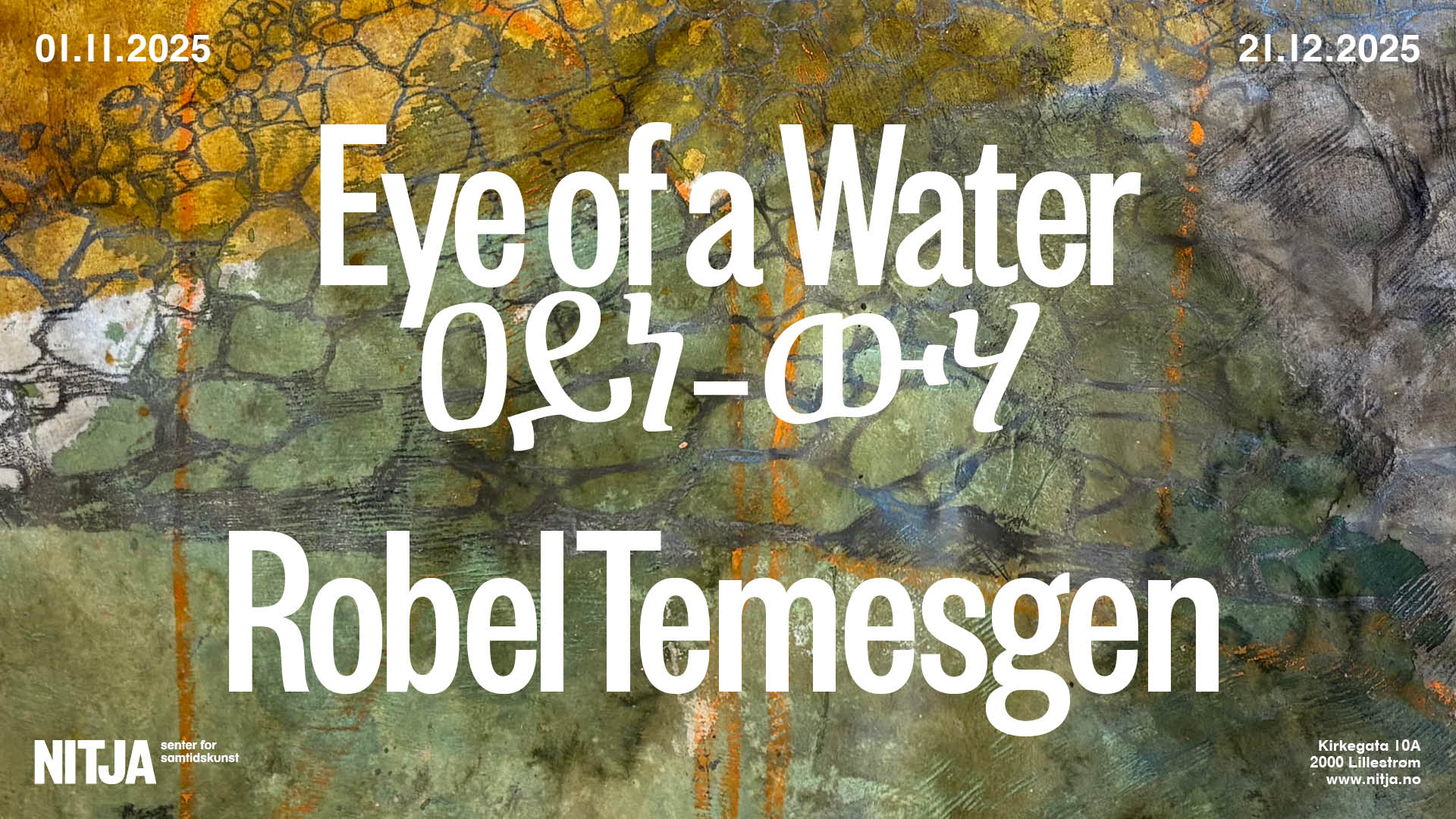



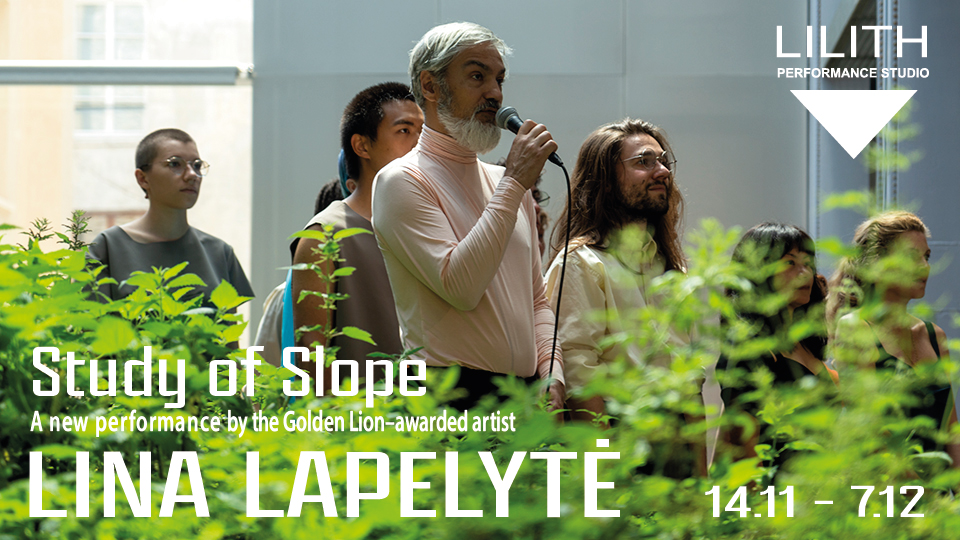

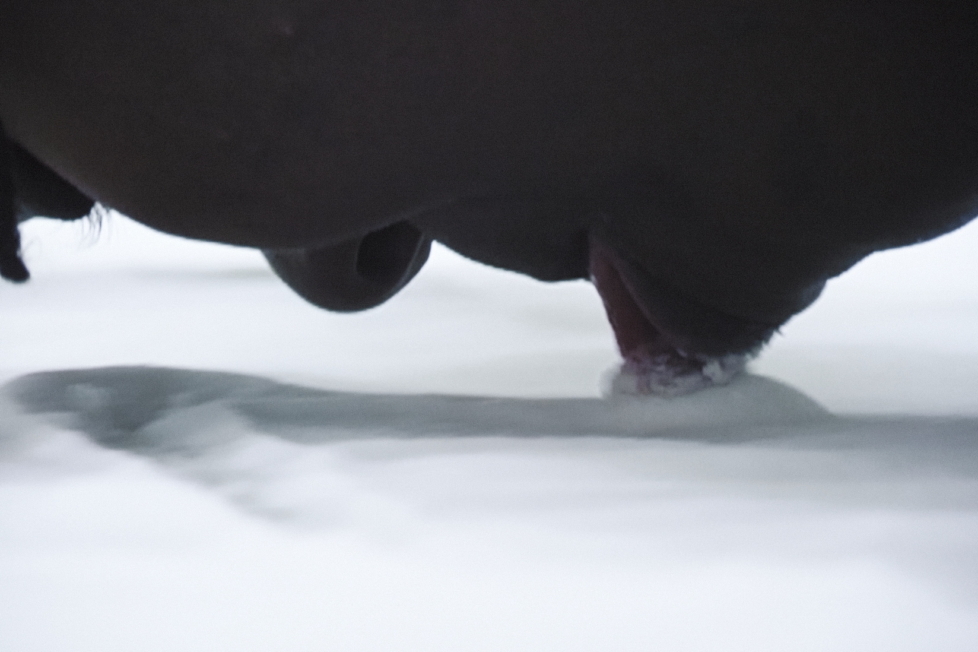
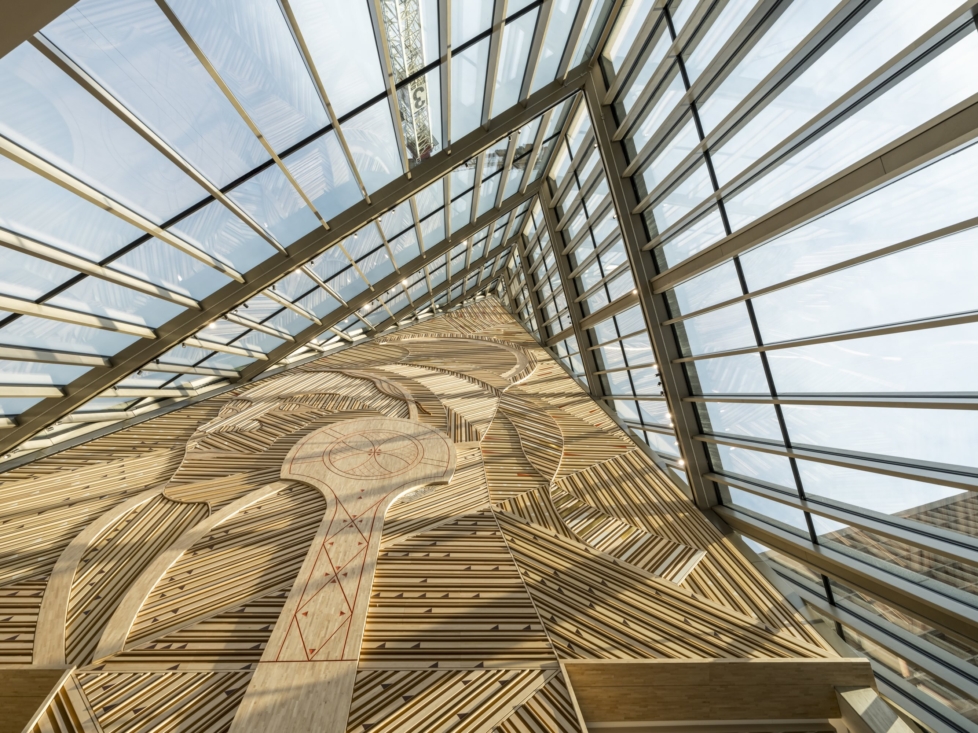
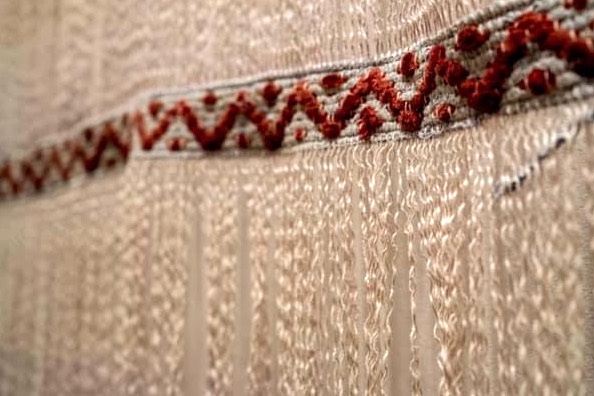
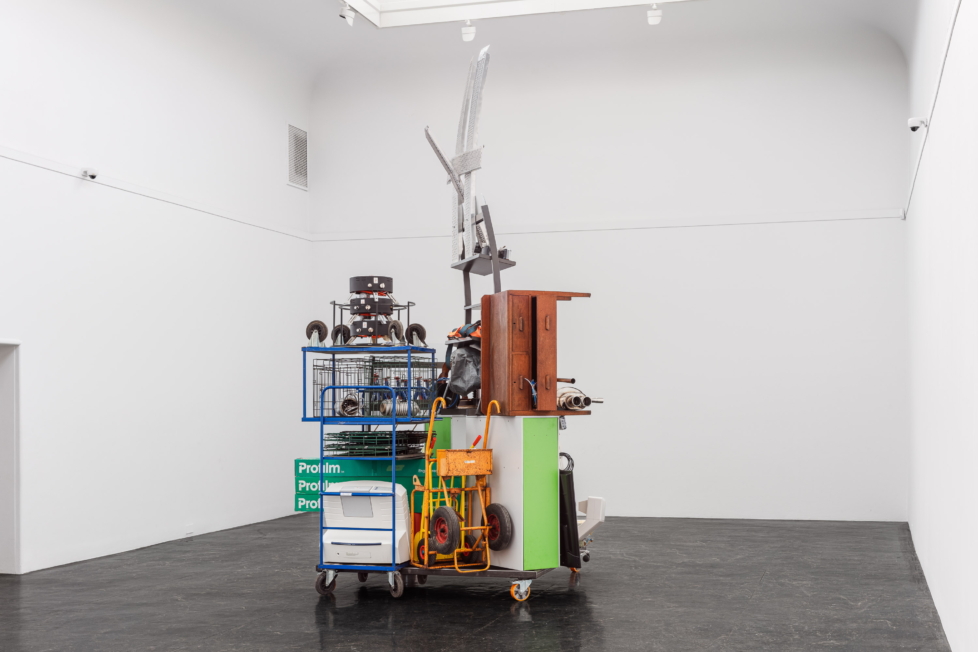
Diskussion